To pigeonhole Hiroshi Sugimoto as just a photographer would be to overlook his many artistic endeavours throughout the course of his career, beginning from when he first moved to New York in 1974. While many of his photo series (Seascapes, Theatres, Dioramas, Lightning Fields) have found success in the photography universe, Sugimoto has also worked across the mediums of installation, architecture and sculpture – with one of his biggest achievements being the Glass Tea House Mondrian presented at Venice Biennale 2014.
From his latest exhibition in Japan, the Lost Genetic Human Archive exhibition launched alongside the reopening of Tokyo Photographic Art Museum in Ebisu, it was about a year later that saw the opening of Enoura Observatory – Sugimoto’s 10-year long effort representing a culmination of all his artistic training and endeavours manifested into the Enoura site – the result is an extremely well thought-out space containing a reception building, an elongated art gallery, a stone stage for Japanese performing arts, a tea house, garden, several gates, and a steel tunnel sitting adjacent to an optical glass stage with amphitheatre seating.

As one enters into the reception building upon arrival, one can already feel Sugimoto’s personal touch to every nook and cranny of the site. The large wooden table is made from 1000-year old Yakusugi cedar, and the basin in the middle of it made from a large stone gathered from Japan’s famous Mount Koya. Venture into the 100-metre long gallery adjacent from the reception, and you’ll reach the Summer Solstice Light-Worship 100-Meter Gallery, perhaps the standout attraction of the complex – it is 100 metres in length, and also 100 metres above sea level. A selection of Sugimoto’s Seascapes hang across the structural wall, the latter made of Oya stone that is distinctive in its peeling texture. The key feature of this gallery is the last 12 metres, where a door opens out to a viewing platform of the vast panorama that is Sagami Bay – it is also here where, during the morning of the summer solstice, the sun rises slowly to extend its rays across the full length of the gallery.
In many aspects, Enoura Observatory feels like a moving tribute to the undulating forms of the hilly Sagami Bay area, and the varied light angles manoeuvring its way into the complex. Sugimoto’s earliest memory of Odawara was during a train ride on the Tokaido line as a child, when he saw the brilliant sun strewn across Sagami Bay that signalled the starting point of his own existential awareness - this is also partly why the area was chosen as the designated site for Enoura. Sugimoto also made sure to use only old stones - a variety of those collected from archaeological and recent finds – as building blocks for the complex. In addition, the area comprising the steel tunnel and optical glass is constructed as an homage to the winter solstice, this singular event that in ancient times marked the turning point of death and birth.
What has resulted is a complex that transcends what it means to just be an art institution, into a space that concerns itself with the passage of time – the past, the present, and the future. The past in the sense of visitors brought aware to the practices of ancient civilisations through the use of old materials and traditional building methods, the present in its ability to allow visitors to connect with the visual marriage of Enoura and the ethereal beauty of Sagami Bay, and the future in its capability to make visitors question what this place would be like, with vines crawling around the area and the elements contributing to the wear and tear of the place, 1000 years from now - all of this only made possible with Sugimoto’s Midas touch.

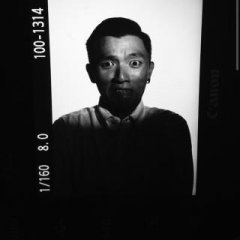
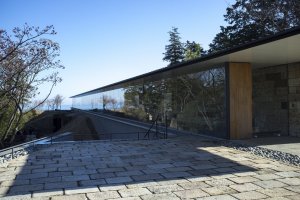
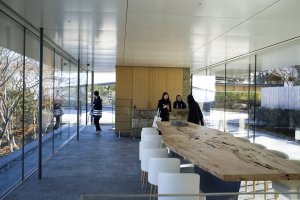
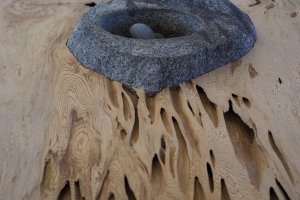


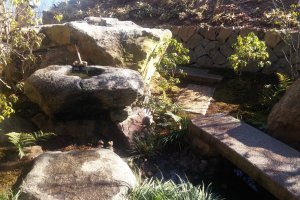
























I need to add this spot to my list.